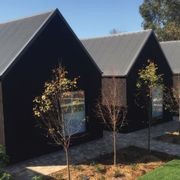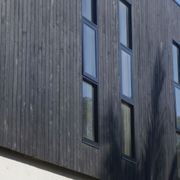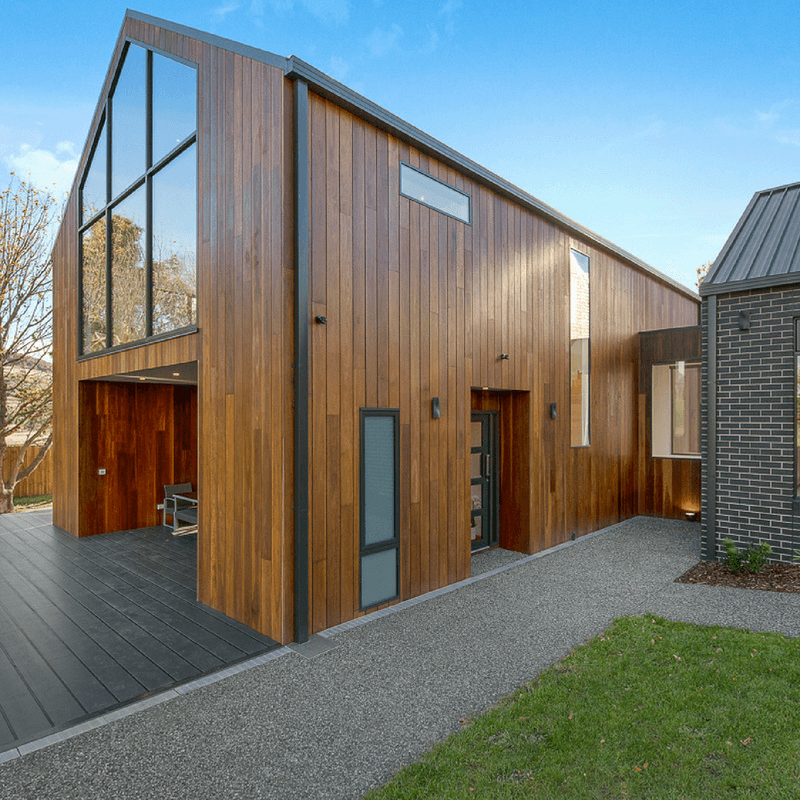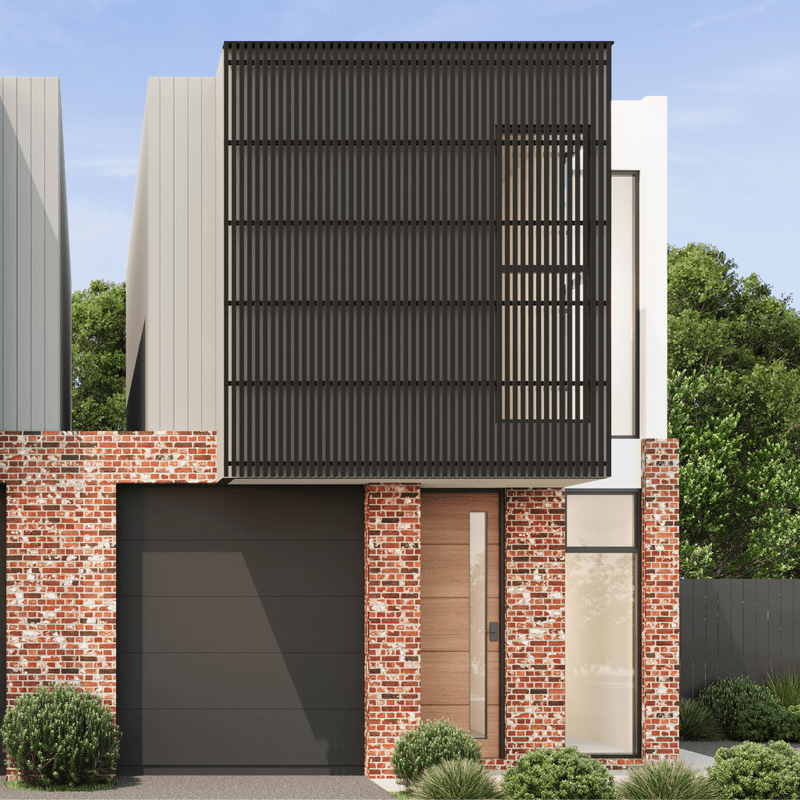Shou Sugi Ban - Cladding
Hurford's- CategoryWall Panels & Cladding
- BrandHurfords
- Type of useCommercial and Residential
Projects featuring Shou Sugi Ban - Cladding
More from Hurford's
About the
Seller
Established in 1932, Hurford’s is an Australian third-generation family-owned leader in the native hardwood timber industry. For over 90 years, we have been deeply committed to advancing the native hardwood timber industry, perfecting the craft and technology behind our renowned products.
Our journey began with modest operations, which have since grown to match and often surpass both Australian and international competitors. Today, we stand as a comprehensive industry leader, encompassing the full spectrum of timber production – from primary producer to manufacturer and wholesaler.
Our integrated operations manage the entire supply chain, ensuring sustainable management and harvesting of forest resources, followed by meticulous processing, manufacturing and global distribution of wood products. This seamless control over all processes allows us to maintain the highest standards of quality and efficiency.
As we continue to forge ahead, strengthening relationships and pioneering new sustainability practices, we honour the vision of Jim Hurford. His innovative approach to adding value and gaining a competitive edge set a strong foundation for what Hurford’s has achieved in high-quality timber manufacturing.
Join us as we continue to build on this legacy, delivering not just wood, but a promise of durability, quality, and stewardship of the Earth’s resources.
- ArchiPro Member since2024
- LocationView all locations (+4)
- More information














